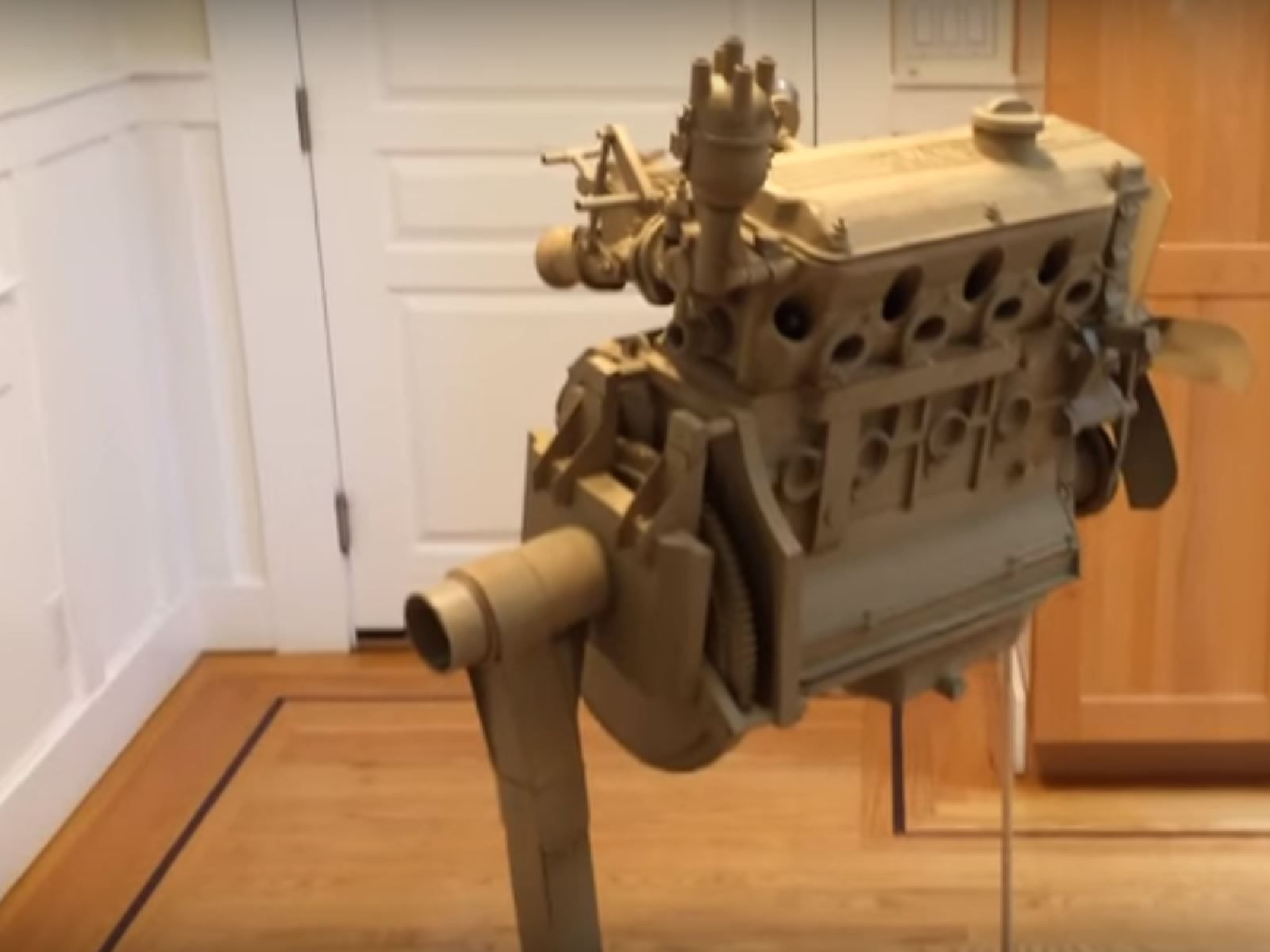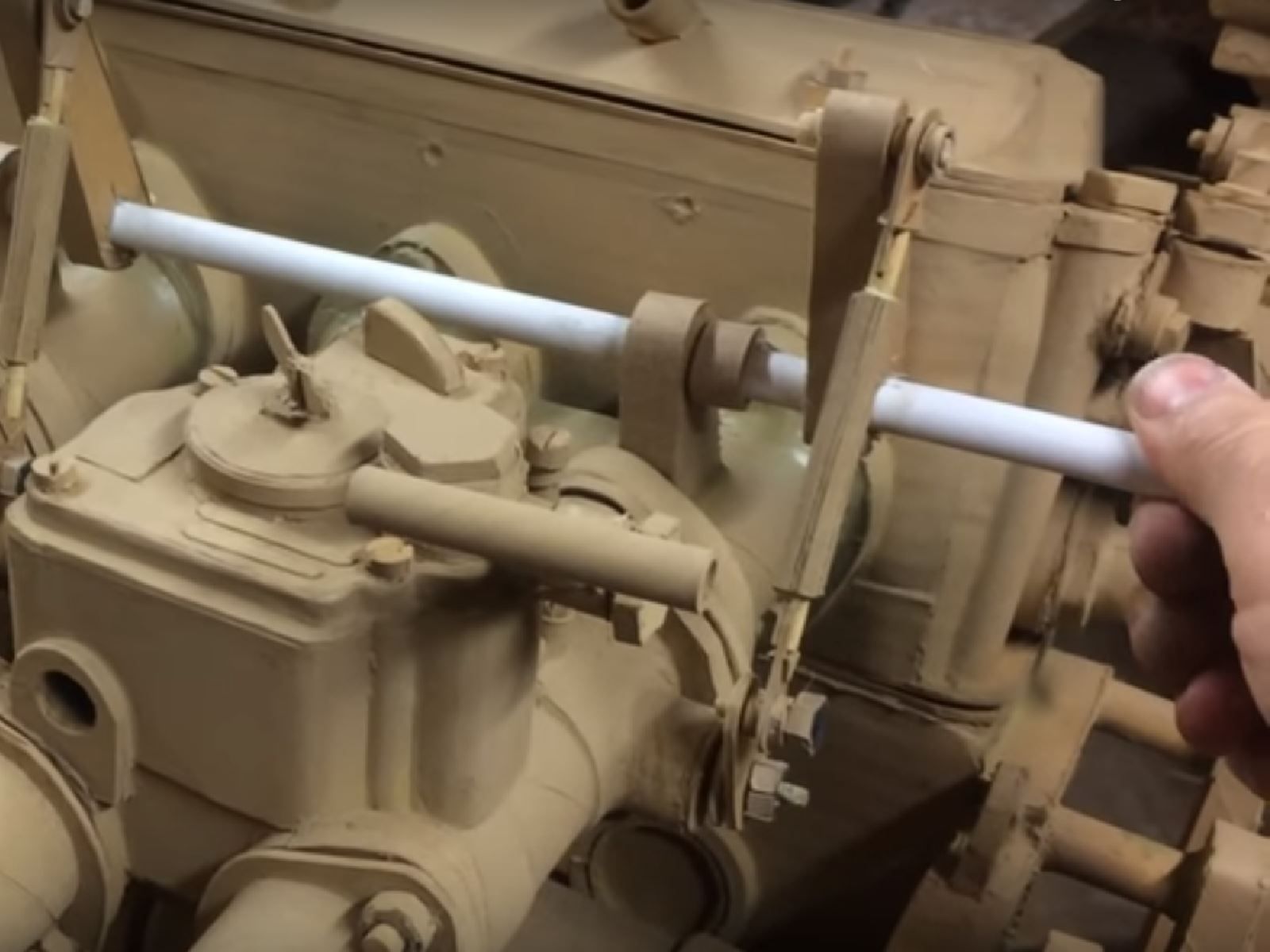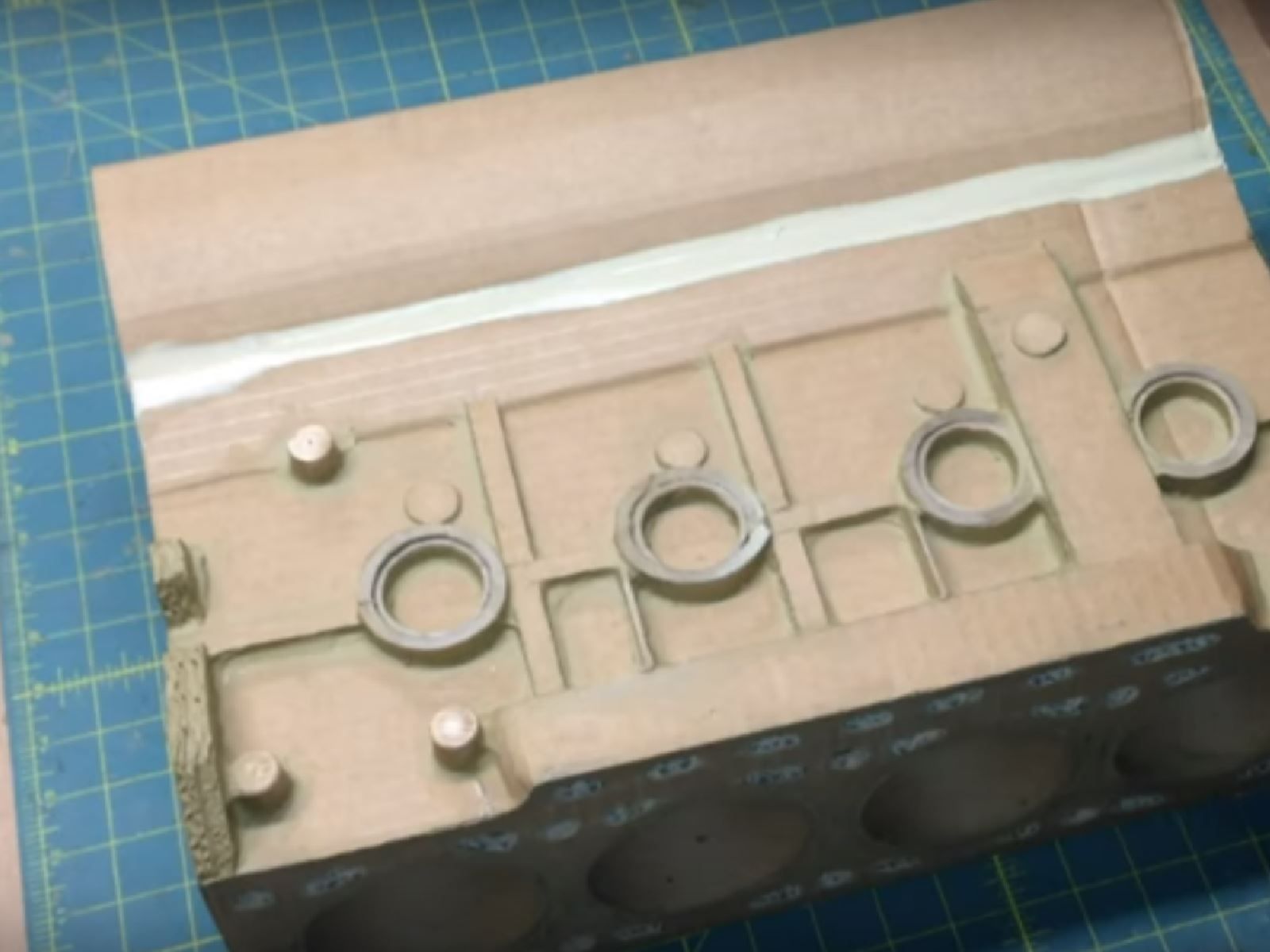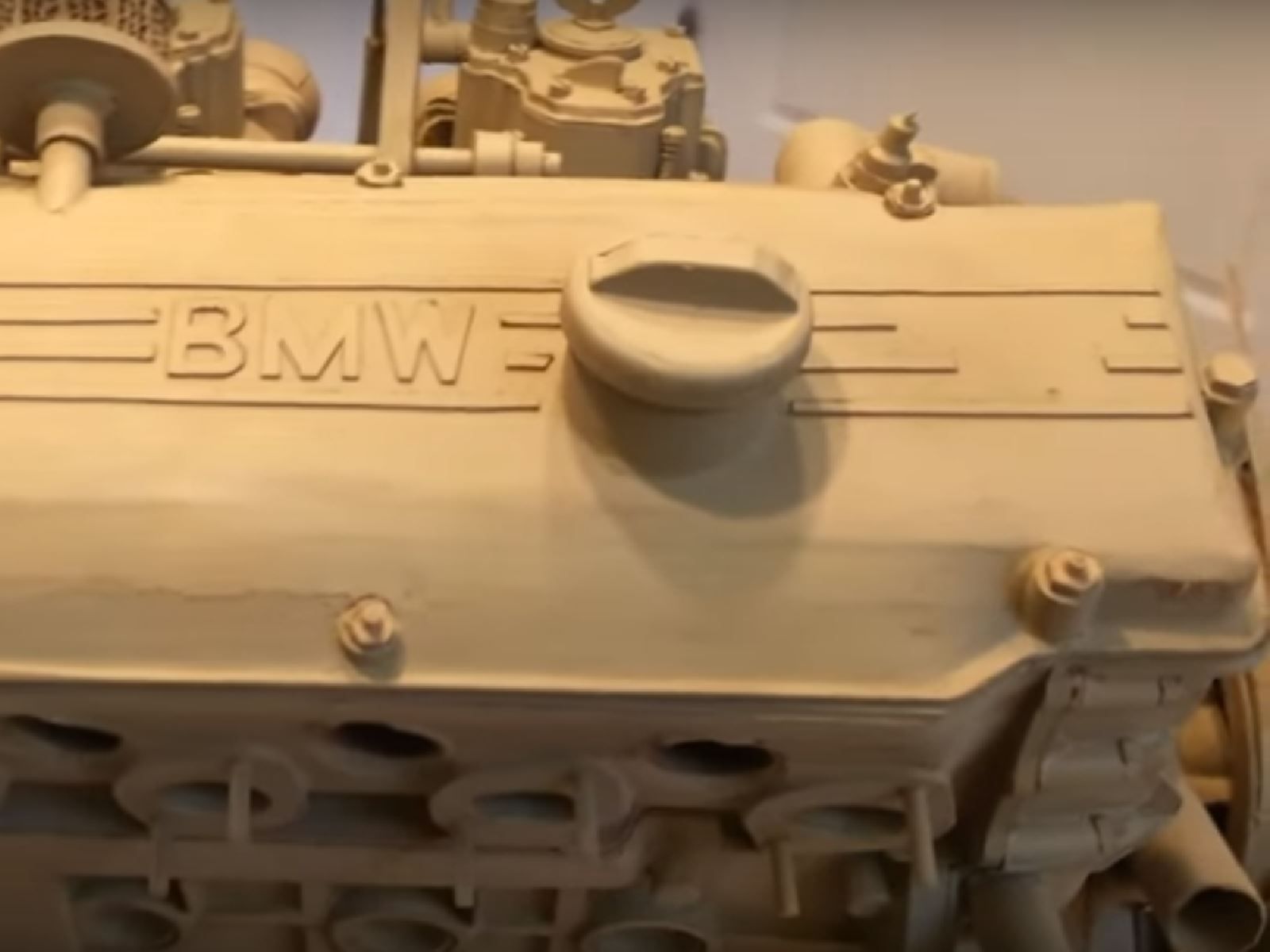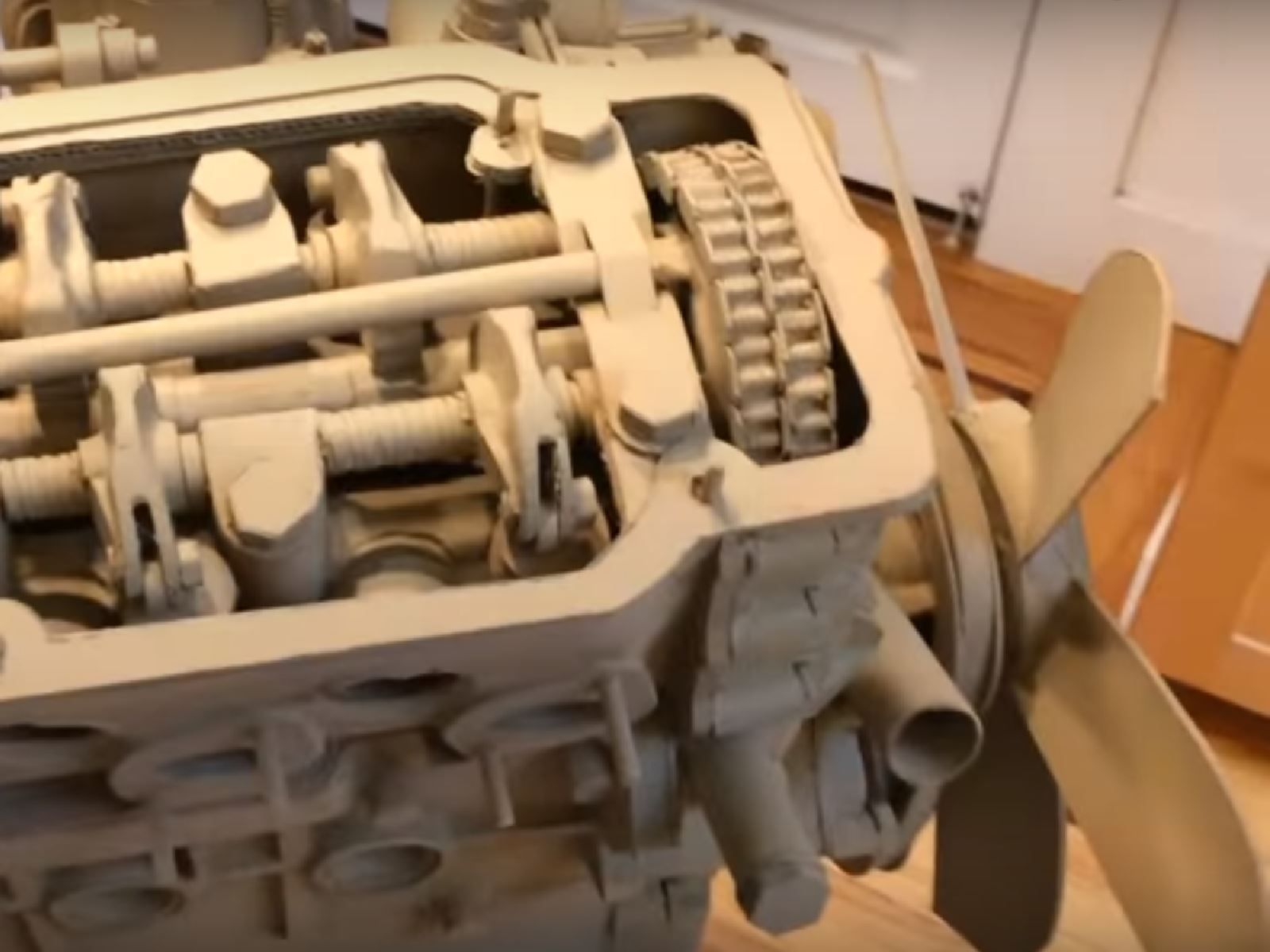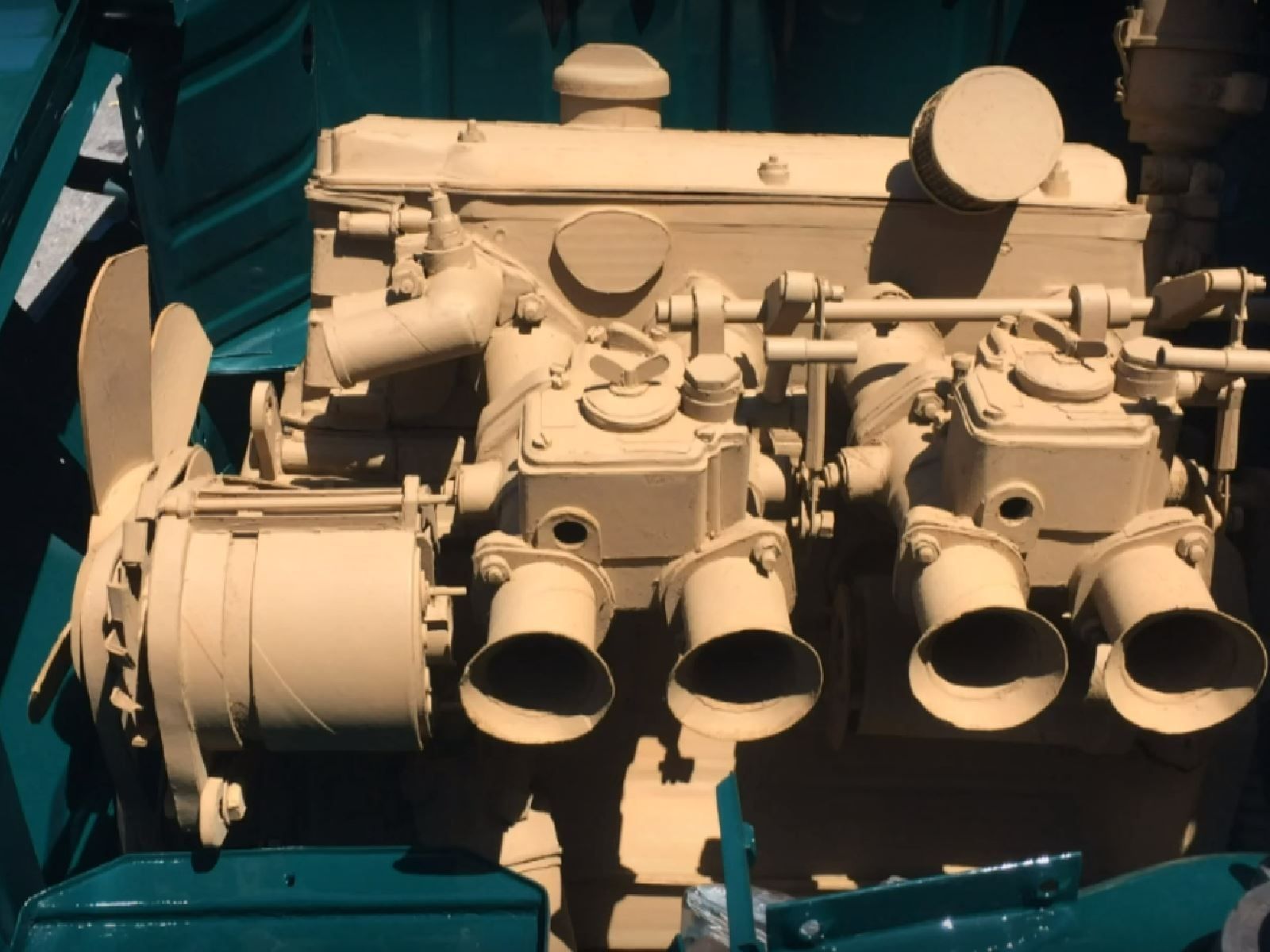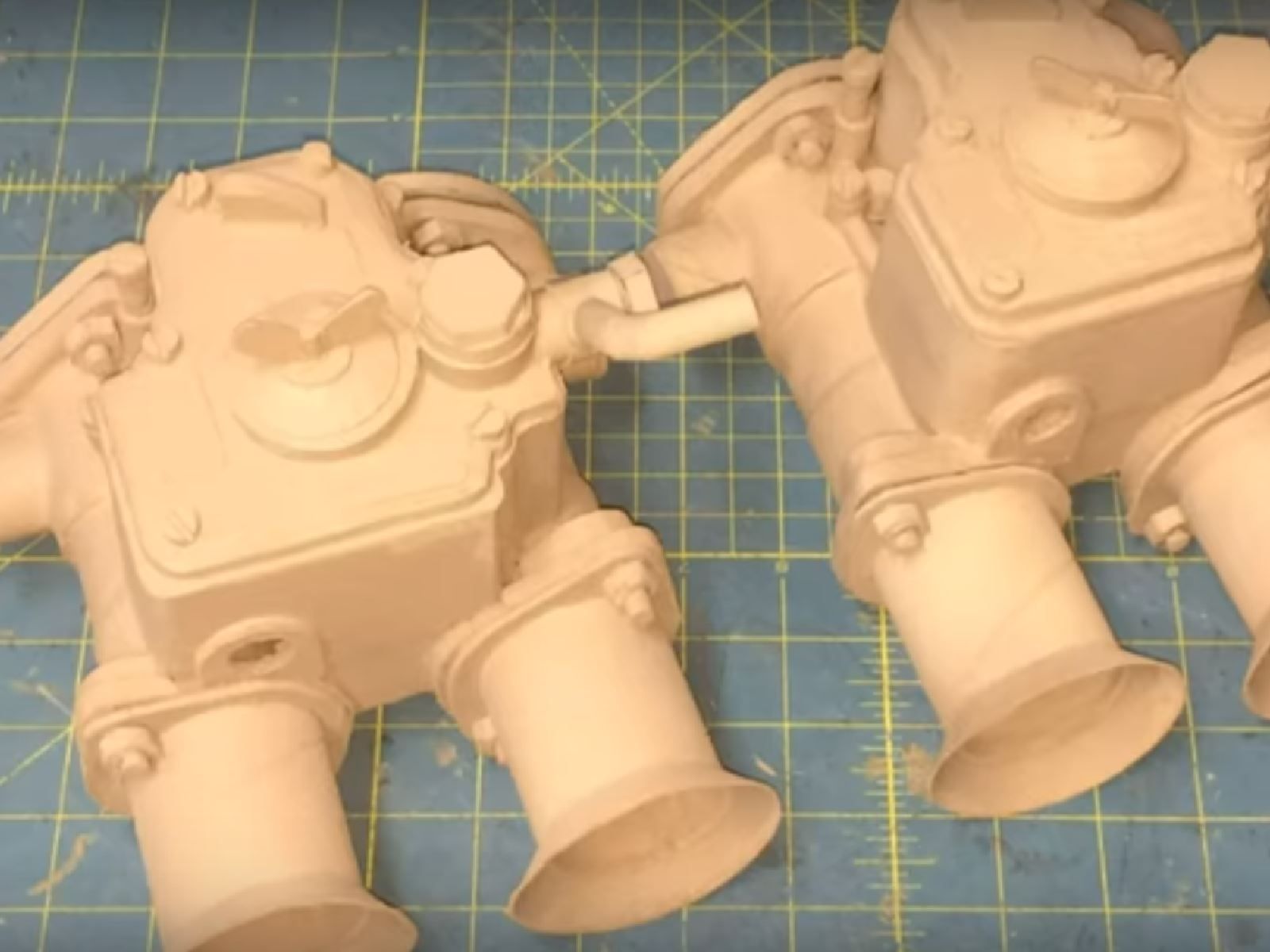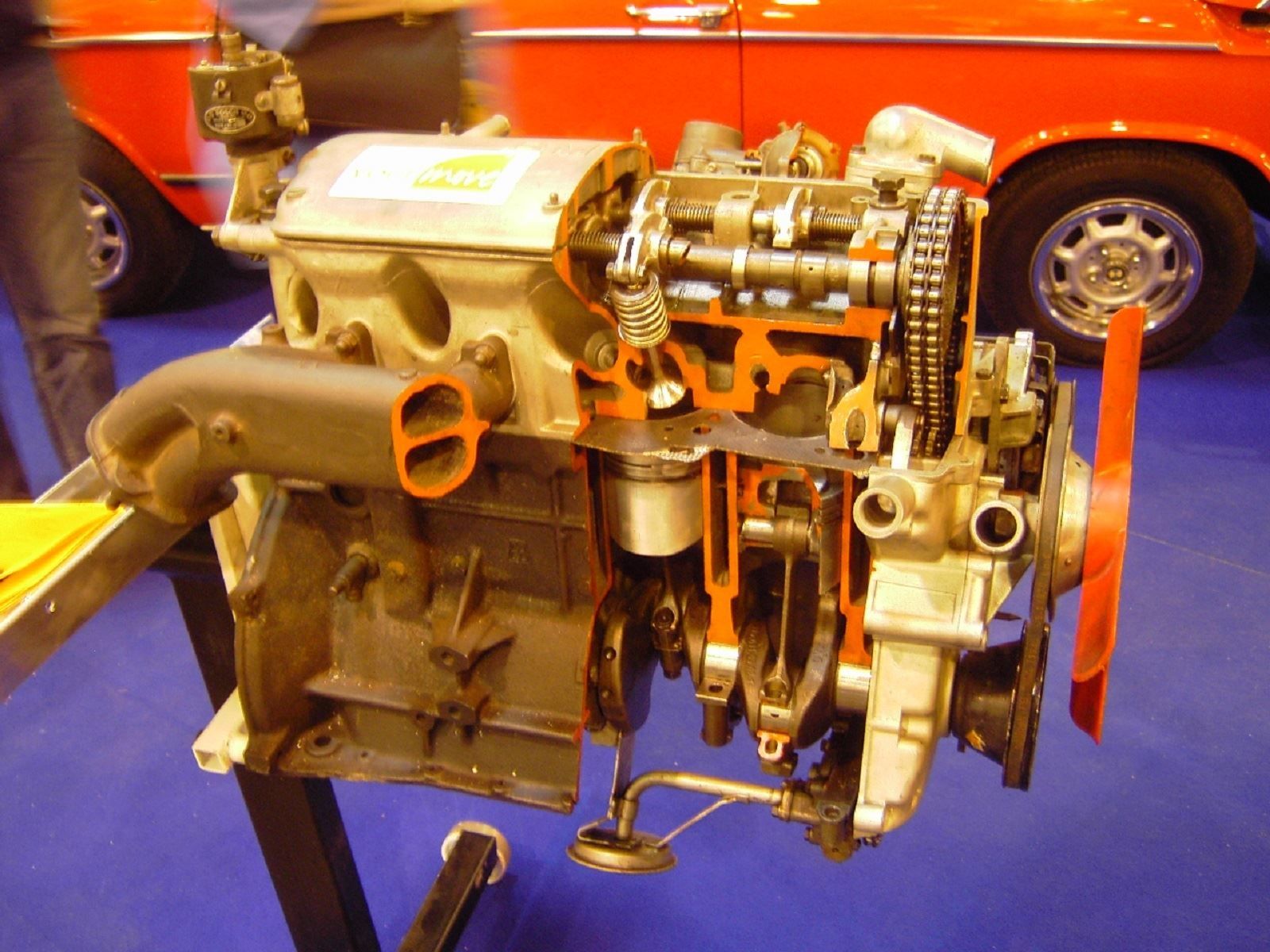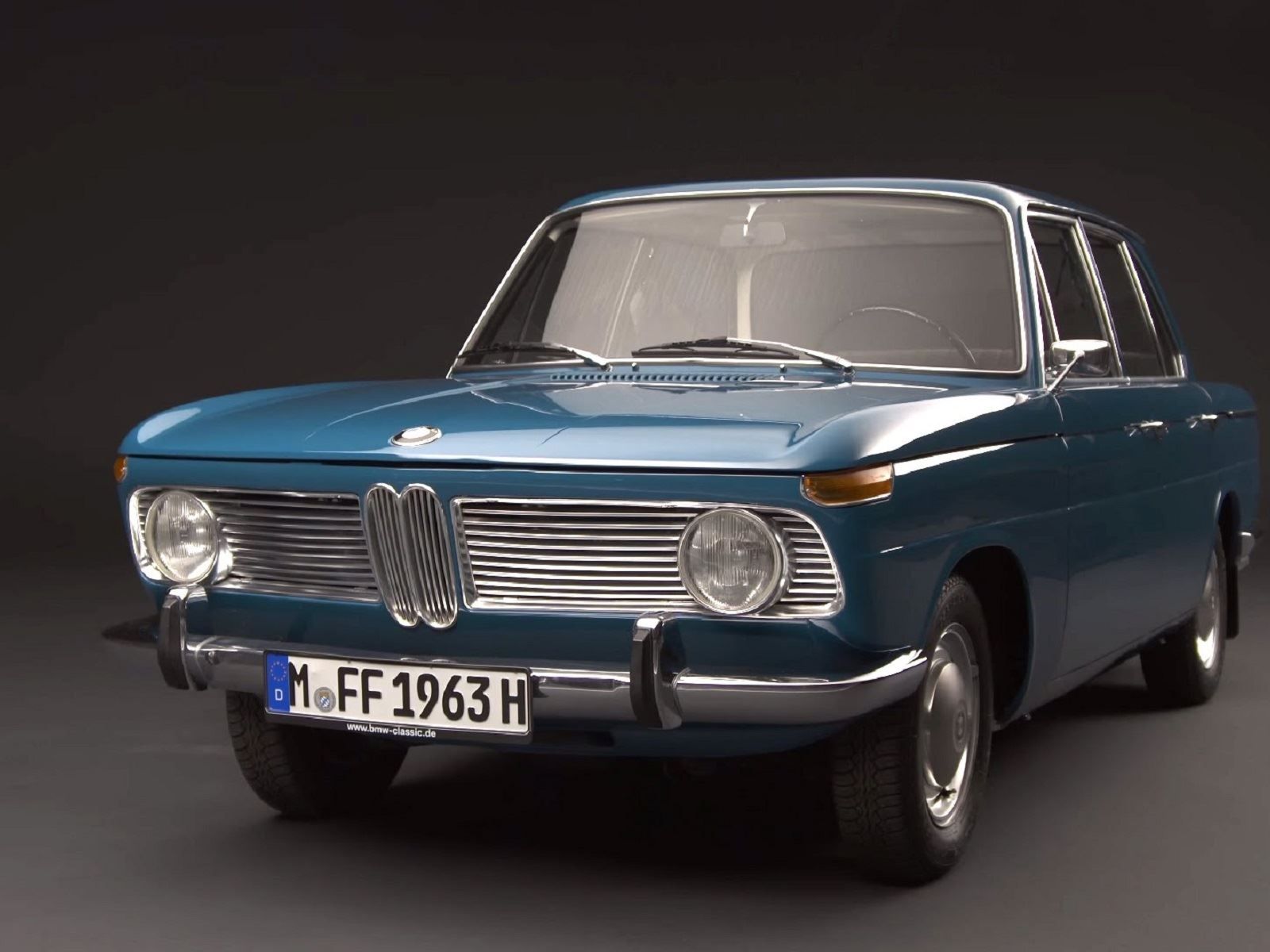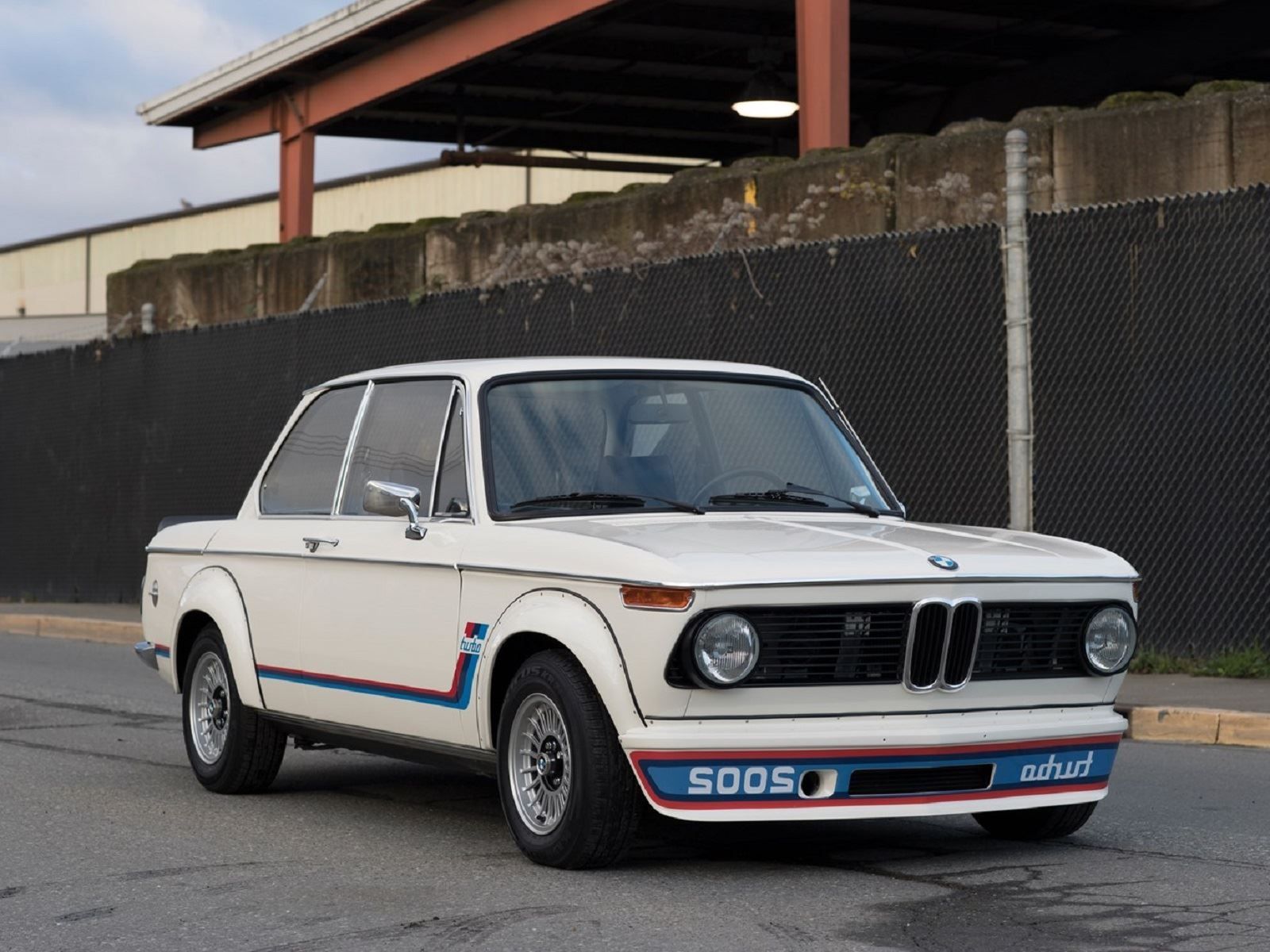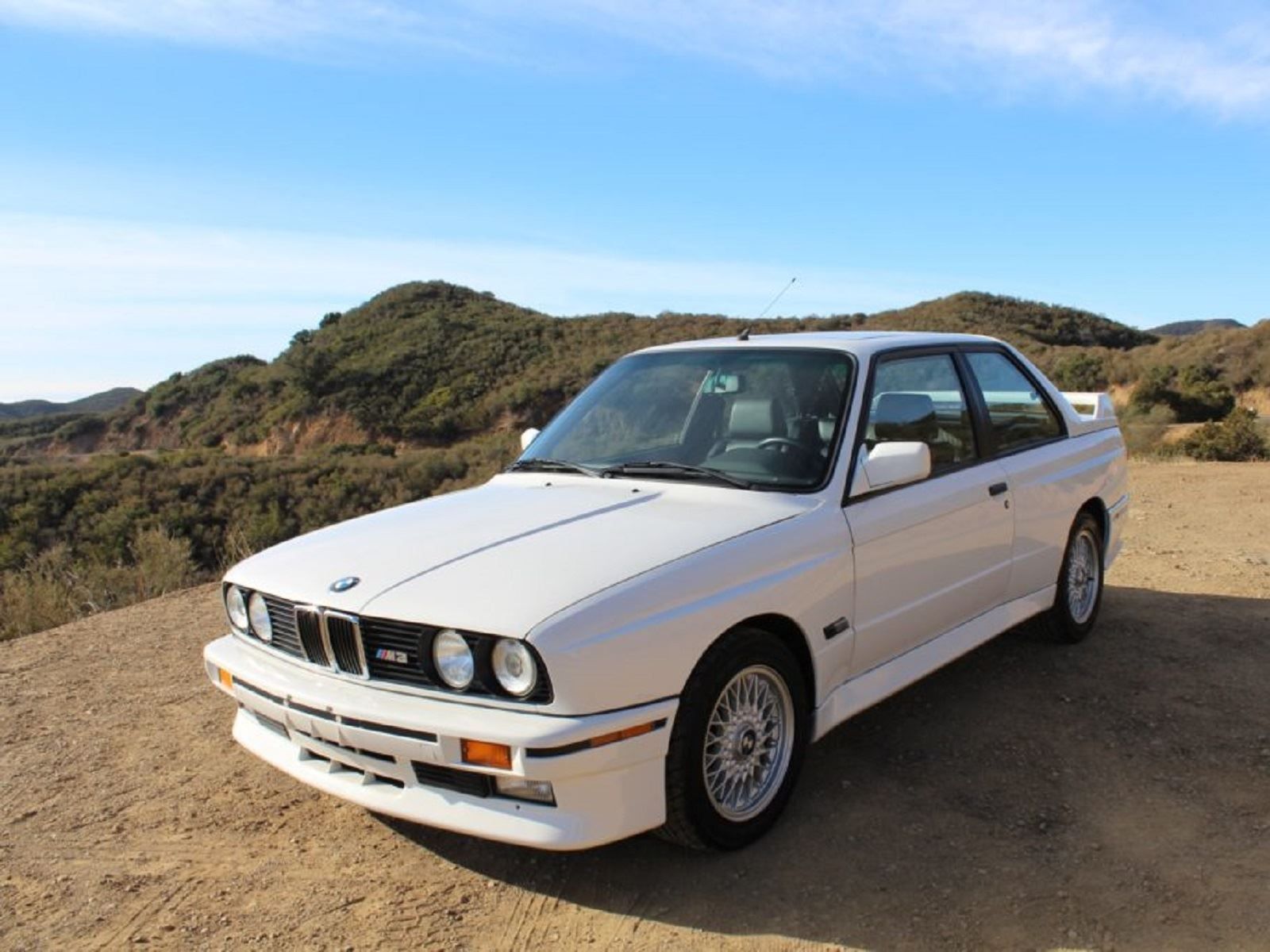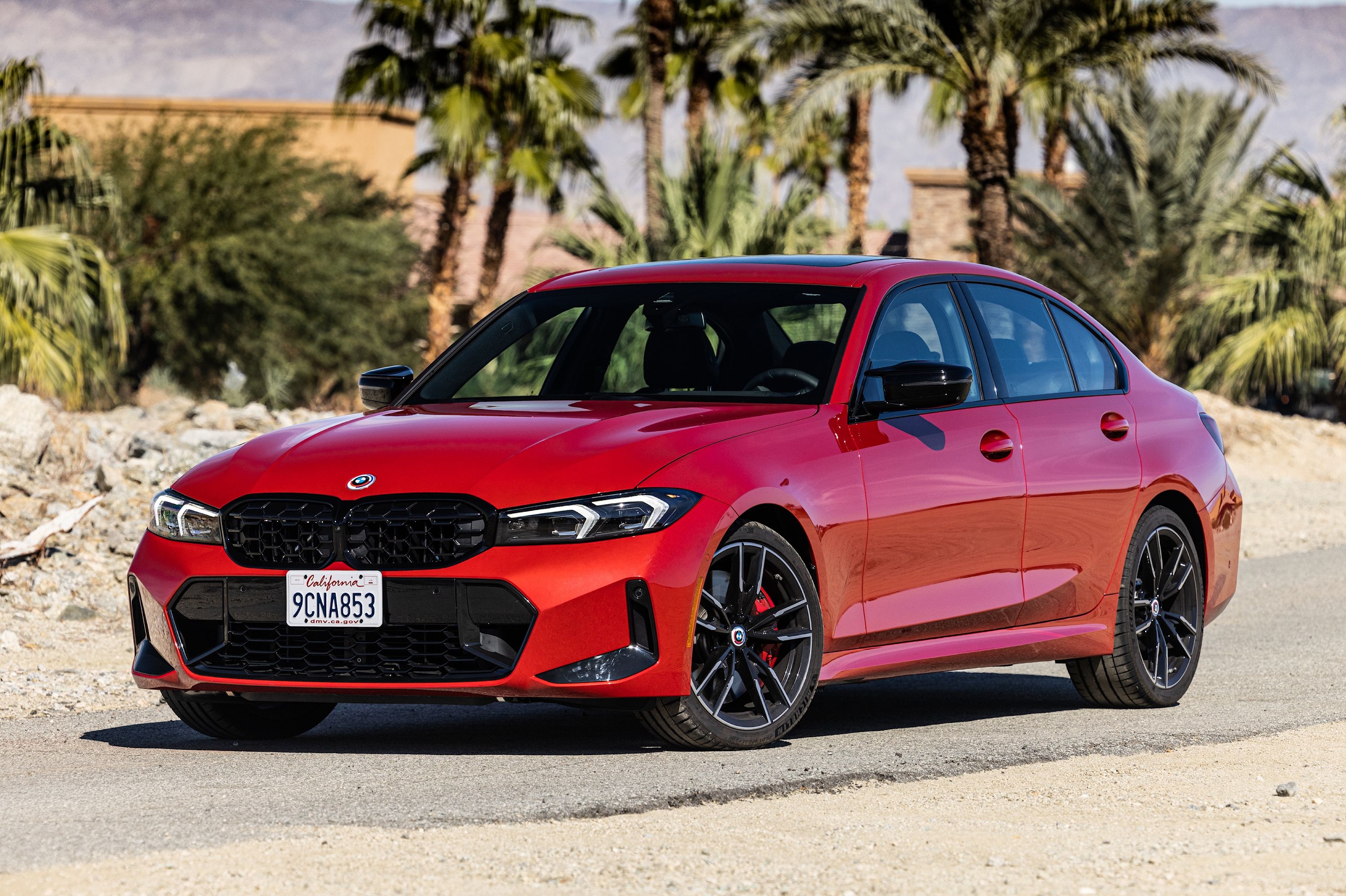
BMW has built a number of iconic engines over the years. Its inline-sixes are legendary for their smoothness, the current turbocharged V8s are hugely powerful, but the engine that really put BMW on the map was the humble four-cylinder. Specifically the M10. Introduced in 1962 it started off in 1.5-liter form in the BMW 1500 and remained in production for 26years. It went on to be the base for the E30 M3 and even the insane 1500-hp turbocharged BMW F1 powerplant.
The BMW Tower in Munich, Germany, is called the Vierzylinder for its similarity to the pistons of a four-cylinder engine so the force is strong with this one. When you first witness the amazing cardboard M10 engine that Mark W. Zak painstakingly created in his spare time over the course of an entire year, you will know that he has chosen very wisely indeed.
His work is no crudely cut-out piece of paper hastily torn from a cereal box but rather a wonderfully complex 1:1 scale copy of the original. At first glance you may even think that it is perhaps made of plastic or some other more malleable material such is the complexity of the detail. But everything, down to the carburetors, alternator and even the drive belts are all constructed from cardboard. The next big surprise comes as he lifts off the top to reveal an even more complex array of working pistons, conrods and camshaft. Such precision took a lot of planning and careful measuring, an overview of this labor of love follows in a clever time-lapse replay of the build.
While the more powerful non-motorsport M10-powered cars such as the 1974 2002 Turbo put out 168 hp, there is no word on what Marc's creation cranks out, but it sure looks pretty good on paper.

